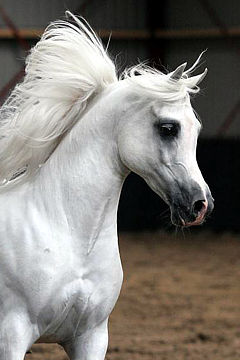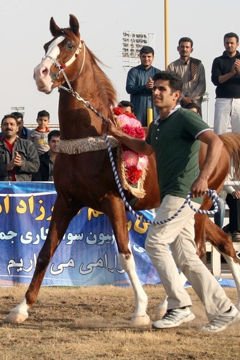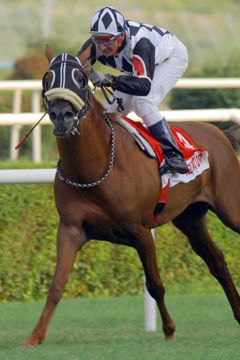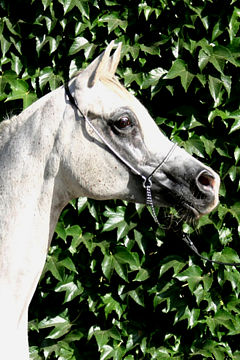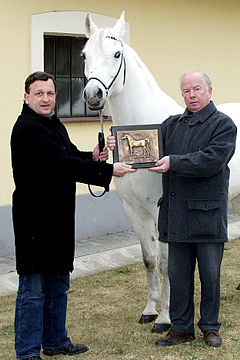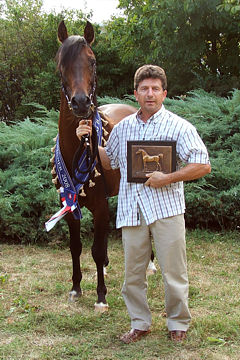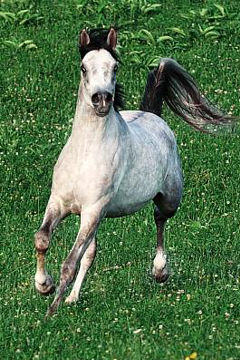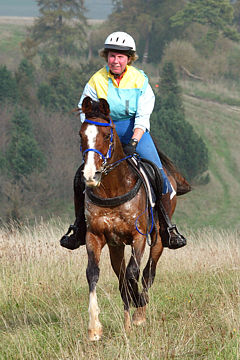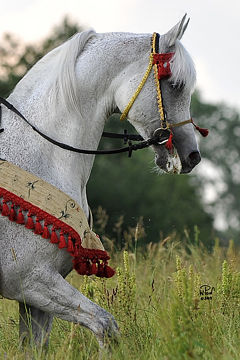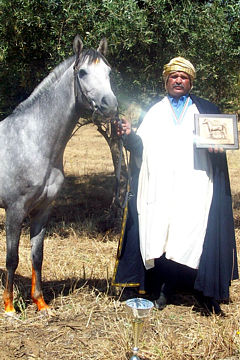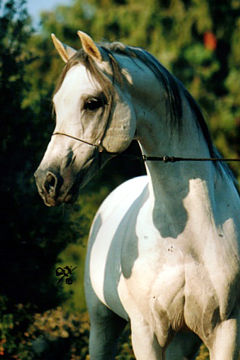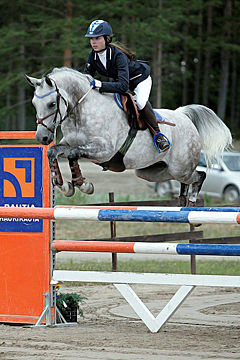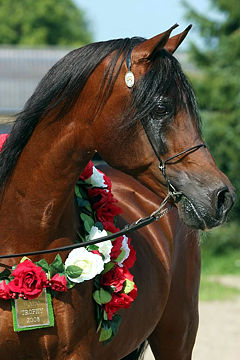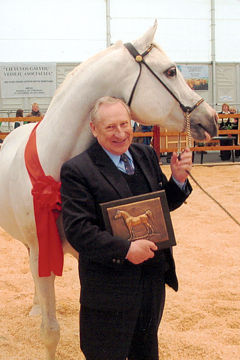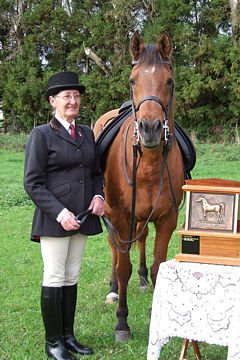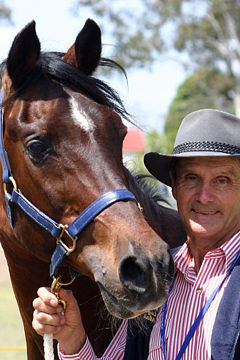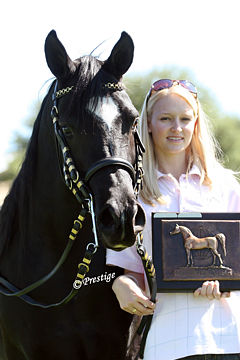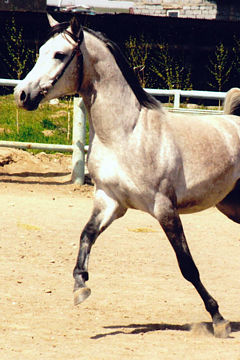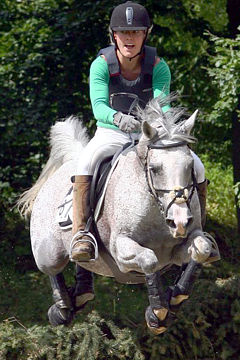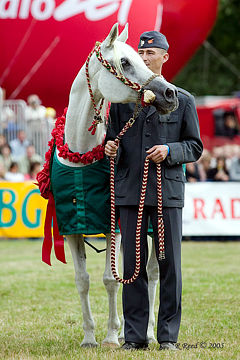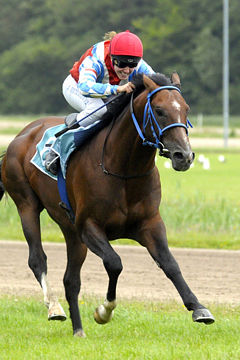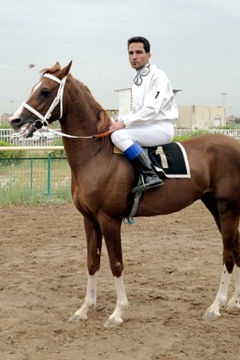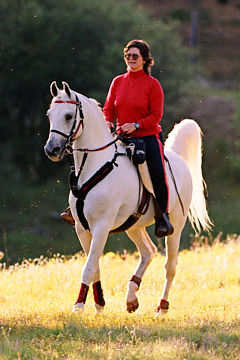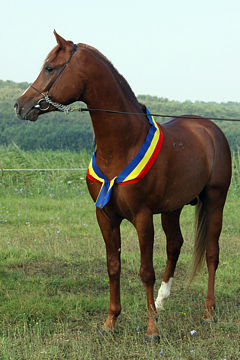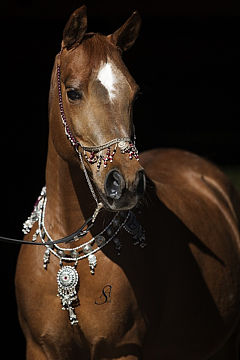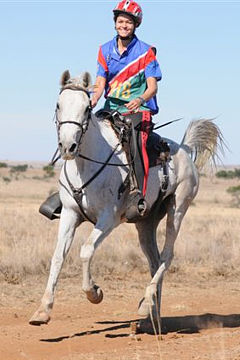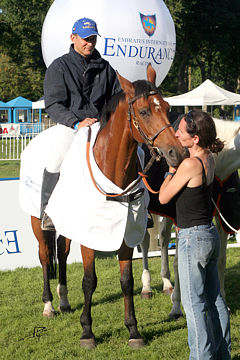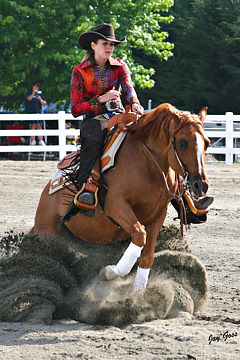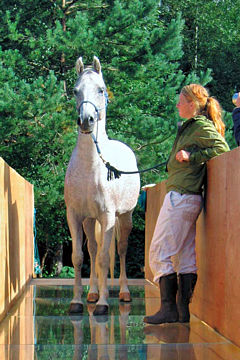Guillermo Garcia Frias
Comandante de la Revolucion
President, Organisation Caballos Arabes de Cuba
Calle 42 No. 514 Esq. 7ma.
Miramar
Playa, Havana
CUBA
Tel: +537-203-1592 or +537-203-1433/36
Fax: +537.204.9347
E-mail: garcia@caniai.inf.cu
REPORT MADE AT 2017 WAHO CONFERENCE
Edgardo Carulla Estrabao, Cuba: (Translated from Spanish) Good afternoon, ladies and gentlemen. First of all, I would like to thank the Royal Studs of Bahrain and the WAHO Executive Committee for inviting me to this Conference and for giving me the opportunity to share with all of you the work that Cuba is doing to maintain the breeding of Arabian horses and love for these beautiful animals.
We know that the first Arabian horse entered Cuba between 1910 and 1915. It was a Russian mare which was imported by a former Cuban president. From that moment onwards, many breeders started to rear this breed, by importing stallions and mares, firstly from Spain and subsequently from the United States of America. The breeding of these horses peaked during the 1940s and 1950s, when the largest number of specimens was imported, especially from the United States of America.
With the triumph of the Cuban Revolution in 1959, most of these horses became the State’s property and the rearing of both this breed and the other existing ones in the county was established. Nowadays, all of the 16 different breeds we are responsible for can be found in a single state-owned company, which owns 40 specialised breeding farms, 3 of them being dedicated to the Arabian breed.
Up to now, the stud book of the Arabian breed in Cuba, which started to officially control the breed on the 20th November 1950, has a total of 3,390 horses registered in it. At the moment, we have 1,040 living Arabians, of which 430 are broodmares and 29 are stallions. Two of these stallions have been imported from Spain and three from Venezuela, although two of those were originally bred in the United States of America. We are also using the stallion which was a present given from the Emir of Qatar to our late leader Fidel Castro during the official visit to the given country.
We put on four conformation shows for horses as well as two yearly competitions with a three-hundred kilometre ride. We are currently preparing all of the documents and conditions in order to complete our stud book including all horses until 2016. We will be assisted by specialists from the World Arabian Horse Organization in order to be able to register our horses with this prestigious organisation and become part of this large family. Thank you very much. (Applause).
REPORT MADE AT 2009 WAHO CONFERENCE
Mr. Mariano Campos Rojas: Mr. President, members of the WAHO Executive Committee, esteemed fellow delegates, ladies and gentlemen. On behalf of myself and my co-delegate, Mr. Arsenio Cuesta Telles, representing Cuba, we would like to thank His Majesty Sultan Qaboos Bin Said, The Royal Court Affairs, and the Organizing Committee for their warm hospitality in welcoming us to their beautiful and historic country of Oman. My name is Mariano Campos Rojas, and we are both very pleased to be here representing the Arabian Horse Organization of Cuba, an Applying Member of WAHO which is part of the Cuban National Association of Horse Breeders, which in turn comes under the authority of the Ministry of Agriculture.
We would like to give you some information about the history and current status of Arabian horses in our country. Arabians have been bred in Cuba since 1917, starting with assistance from Spain. Recorded in the stud books since 1917 are a total of 783 Arabian horses, comprising 323 broodmares, 54 breeding stallions, and their progeny. These horses are the result of a number of different importations which happened over the decades, and the countries of origin of the foundation stock was as follows: 13 stallions and 14 mares from Spain, 14 stallions and 7 mares from USA, 1 stallion from Algeria, 4 stallions from Venezuela and 1 stallion from Qatar, giving a total of 54 imported horses.
We have always followed the same registration system as the Spanish Stud Book and our registration rules are also controlled by Government laws for the registration of all equines. There are currently 3 main breeders in 3 different provinces, they are Rancho Domingo Garcia Frias in Havana, Rancho San Vicente in Camaguey and Rancho La Loma in Gramma.
Our organization endeavours to improve the breed and also encourages the use of the best examples of Arabian horses in cross-breeding, aiming to produce horses of high standards for work and for sports activities. It also works to improve the maintenance, care and welfare of horses throughout Cuba. Our Arabian horses take part in provincial and national shows where we offer Grand Championships titles for both males and females, with their respective trophies. Arabians are also used for equestrian sports, ranching and farm work as well. They are also used for young riders to learn equitation. So far we have not started any racing or endurance rides.
We allow the use of Artificial Insemination including imported semen, and we also allow Embryo Transfer but the latter has not yet been utilized. So far we have not exported any horses, and we are working to increase, improve and popularize the Arabian breed within the country. We do have access to DNA typing. We feel it is very important for us to preserve the lines which we have in Cuba. Thank you very much for your attention, and thanks once again to the Sultanate of Oman for the warm welcome we have experienced here.


